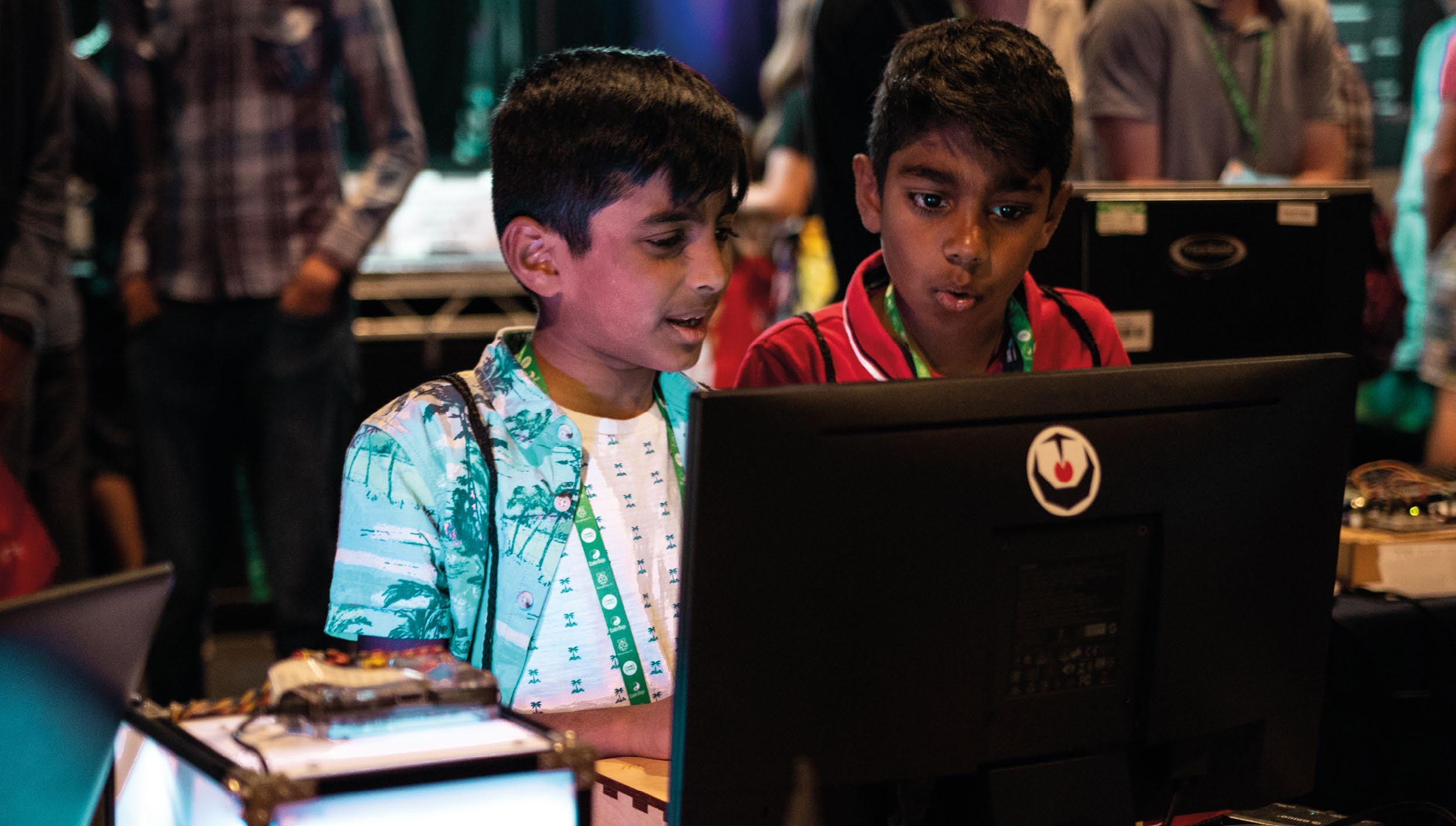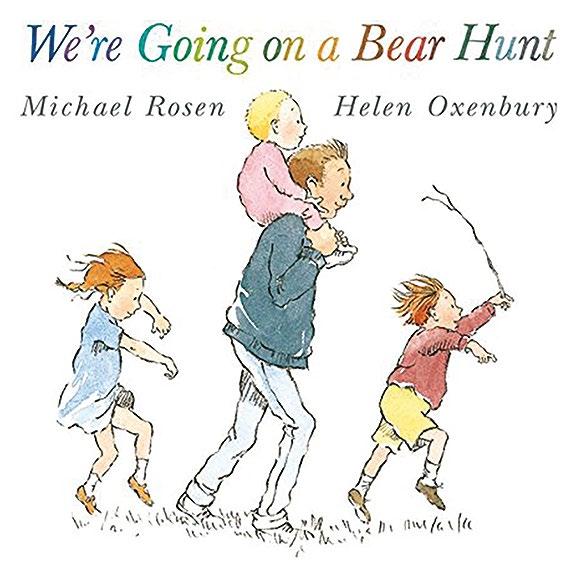
7 minute read
VARIETY IN TEACHING
VARIETY IN TEACHING AND ASSESSMENT OF PROGRAMMING ACTIVITIES
Computing is a broad discipline. Educators should vary their perspectives, teaching approaches, and assessment strategies to suit the subject matter in question and learners’ experiences and needs
Advertisement
According to the work of Tedre,1 computing is a broad discipline built principally on three traditions, each bringing its own perspectives. Those involved in the field of computing tend to see it as either one concerned with engineering and design, as a branch of mathematics and logic, or as a science. Each tradition has a different focus, prioritises different knowledge and skills, and invites different teaching approaches. However, all form part of computing as a whole. ■ Computing is engineering It concerns the design and development of artefacts, including software and systems. It incorporates user research, prototyping, testing, and evaluation. ■ Computing is maths Logic and mathematics are present throughout computing; our software and systems are built on mathematical principles, and we use mathematical techniques to describe and reason about programs.
SUMMARY
Perspectives on computing
Computing is a broad discipline rooted in three main traditions:
■ Computing as engineering is concerned with design and development ■ Maths is integral to computing systems, software, and how we describe them ■ Most fields of science apply computing to model and explore the physical world
Classroom strategies
A holistic approach to teaching computing reflects each of these perspectives, their priorities and practices:
■ An engineering perspective leads to more project-based learning with scaffolding to
support individual learners. Assessment approaches might include classroom talk and ongoing feedback through code reviews, showcases, and portfolios. ■ A maths perspective focuses on acquisition and construction of knowledge, using representations to explore abstract concepts, and regular recall and practice of facts and processes. Classroom talk and multiple-choice questions are used to surface learners’ understanding. ■ A science perspective leads to a more enquirybased approach in which explanations, demonstrations, and practical activities develop understanding and learners predict and experiment. Practice questions and classroom talk are used to check understanding and critical thinking. ■ Computing is science Computing is pervasive across almost every field of science. We use computers to explore and model the physical world, and to make predictions and discoveries.
Beyond these three traditions, computing is connected to other areas such as the arts, where computing is applied as a medium, or philosophy and ethics, where the application of computing provides rich material for discussion.
Depending on our experience, we’re each likely to favour one or more of these perspectives, and that may impact how we present computing to our learners. In understanding these traditions and the broader connections, educators can provide their learners with a complete and holistic computing experience. This enables them to provide a variety of meaningful entry points to the discipline supported by appropriate pedagogy.
Variety within teaching approaches
Whether during a single lesson or an entire course, computing educators need to be able to apply a variety of pedagogical strategies. These will vary depending on the subject matter, the learners, and the aims of each learning experience.
Engineering is concerned with making an artefact that solves a problem or addresses a user need, and can link computing to other areas of the curriculum. In computing,
■ A science-based view of computing involves prediction, exploration and observation
an artefact could be a program, system, or digital media. Physical computing, in particular, is an obvious way of learning about computing through an engineering lens (see page 130). For example:
■ Project-based learning is closely associated with this perspective.
Learners apply their prior knowledge to a problem focusing on one or more aspects of the design process. ■ Specifically when programming, you can adjust the scaffolding and support you provide to learners, depending on their needs and your focus.2
Maths is concerned with understanding, applying, and connecting abstract concepts. The same is true for areas of computing with links to maths, where learners need to understand abstract concepts, recall facts, and practise calculations and processes. In these situations, educators adopt approaches that focus on the acquisition and construction of understanding. For example:
■ Representation is a key part of a mastery approach to maths, using different modes of representation, including physical objects, pictorial representations, and eventually, symbols and language. This approach may be a successful way to teach learners about binary number systems, for example. ■ We can use varied and regular recall of concepts and processes to secure existing understanding, challenge misconceptions, form connections, and develop a coherent understanding.
A science-based view of computing involves more enquiry-based practices in which understanding is constructed through prediction, exploration, and observation. We can also use simulations, practical demonstrations, and experiments to develop students’ skills and understanding.3 For example:
■ Learners develop their inquiry skills when programming with the PRIMM methodology; they predict and validate their predictions, as well as investigating and asking questions of the code (see page 22). ■ Topics such as computer systems or networks4 contain plenty of substantive ideas or facts that can be explored through a combination of explanation, demonstration, or experimentation.
Educators have to select the best balance of approaches to suit each new concept and their learners’ needs.
Another lens through which to understand computing is its role in society and the ethical and personal implications of using technology. Offering learners the opportunity to discuss ideas and engage in meaningful classroom talk, whether with the teacher or their peers, can support a rich understanding of concepts.5 Some examples of possible approaches include collaborative methods such as pair programming and peer instruction, which can help challenge misconceptions and build confidence. Discussion and debate are particularly relevant to computing,
as the reach and impact of technology is fertile ground for legal, moral, and ethical discussions. The social and cultural connections educators draw upon have an impact on how learners engage with a topic. Rooting your practice in your students’ lived experiences, cultural knowledge, and background makes their learning more relevant and accessible (see page 34).
Variety within assessment
Recent reviews of research on the assessment of computing have concluded that much work is still needed to create reliable assessment approaches suitable for all teachers and for every student. However, there is general agreement that using a
■ Introduce variety in computing lessons through different subject perspectives, teaching approaches, and assessment strategies

variety of assessment approaches helps give teachers a much better picture — a holistic view — of student progress.6
Classroom talk is an important assessment tool and provides teachers with an opportunity to assess student understanding in depth and provide feedback. Using design scenarios where students can discuss and adapt example programs highlight their skills as well as knowledge. Code reviews and showcases where students talk about their work can provide peer and teacher assessment opportunities.7
Incorporating assessment activities into lessons embeds assessment. For example, portfolio creation and analysis, or reflection journals requiring students to answer key questions during project development, encourage continuous self-assessment. Using entry and exit tickets, where students quickly record knowledge or confidence about current learning topics before and after lessons, can be another quick and regular assessment approach, too.
More traditional assessment tasks, such as multiple-choice questions (MCQs) and free-text questions, provide formative and summative assessment opportunities. Although effective MCQs can be challenging to create and offer limited feedback, they can be a quick and low effort way to discover student understanding.
Some work can also be marked automatically, and other handy online tools are available, such as software to create Parson’s Problems, where students reorder jumbled lines of code or pseudocode (helloworld.cc/parsonspseudo), or software that detects programming constructs in students’ Scratch programs (drscratch.org).
What is also important to remember is that formative assessment includes a feedback loop. Students need to understand what they have or have not understood
REFERENCES
1 Tedre, M. (2014). The Science of Computing: Shaping a Discipline. CRC Press. helloworld.cc/
variety1
2 Waite, J., & Liebe, C. (2021). Computer Science Student-Centered Instructional Continuum. Proceedings of the 52nd ACM Technical Symposium on Computer Science Education (1246-1246).
helloworld.cc/variety2
3 GOV.UK. (2021). Research review series: science.
helloworld.cc/variety3
4 National Centre for Computing Education. (2021, July 15). Computer Systems and Networking Within the Computing Curriculum. Teaching and Learning Reports. helloworld.cc/variety4 5 Sentance, S., & Waite, J. (2021). Teachers’ Perspectives on Talk in the Programming Classroom: Language as a Mediator. Proceedings of the 17th ACM Conference on International Computing Education Research (266-280).
helloworld.cc/variety5
6 Tang, X., Yin, Y., Lin, Q., Hadad, R., & Zhai, X. (2020). Assessing computational thinking: A systematic review of empirical studies. Computers & Education, 148, 103798. helloworld.cc/variety6 7 Grover, S., Sedgwick, V., & Powers, K. (2020). Feedback through formative check-ins. In: S. Grover (ed.), Computer Science in K-12: An A to Z Handbook on Teaching Programming. Edfinity.
helloworld.cc/variety7
and what is next. In choosing formative assessment approaches, teachers must consider which assessment approach gives the best feedback for their pupils for the subject material you’re covering and for the context of the learning at that point in time.
To expand the range of strategies you can use in the classroom, reflect on your perspective of computing. Does your perspective impact the approaches you favour? What new practices could you try that could increase entry points for your students and enhance their experience? How else could you capture and assess your learners’ understanding?










